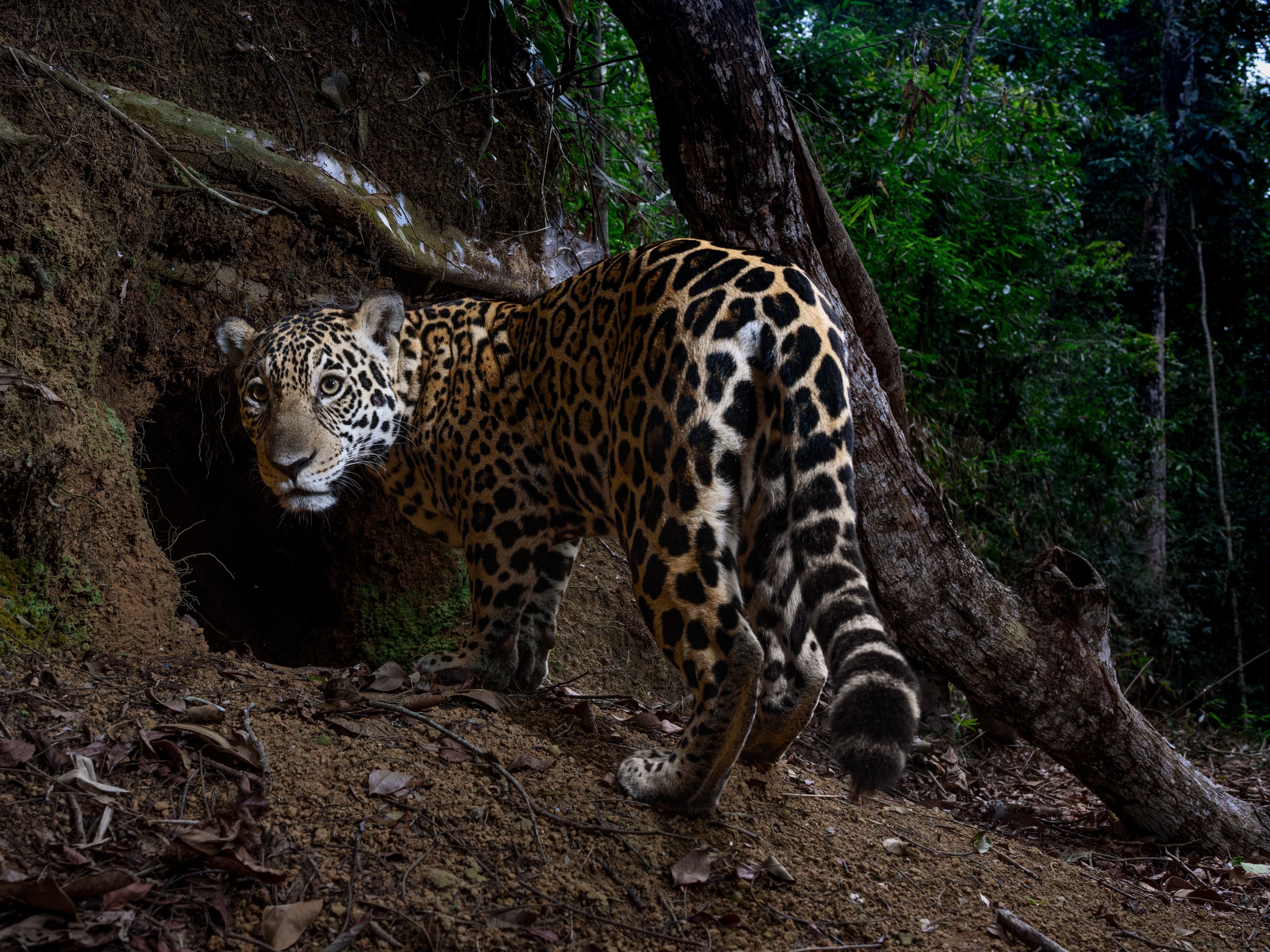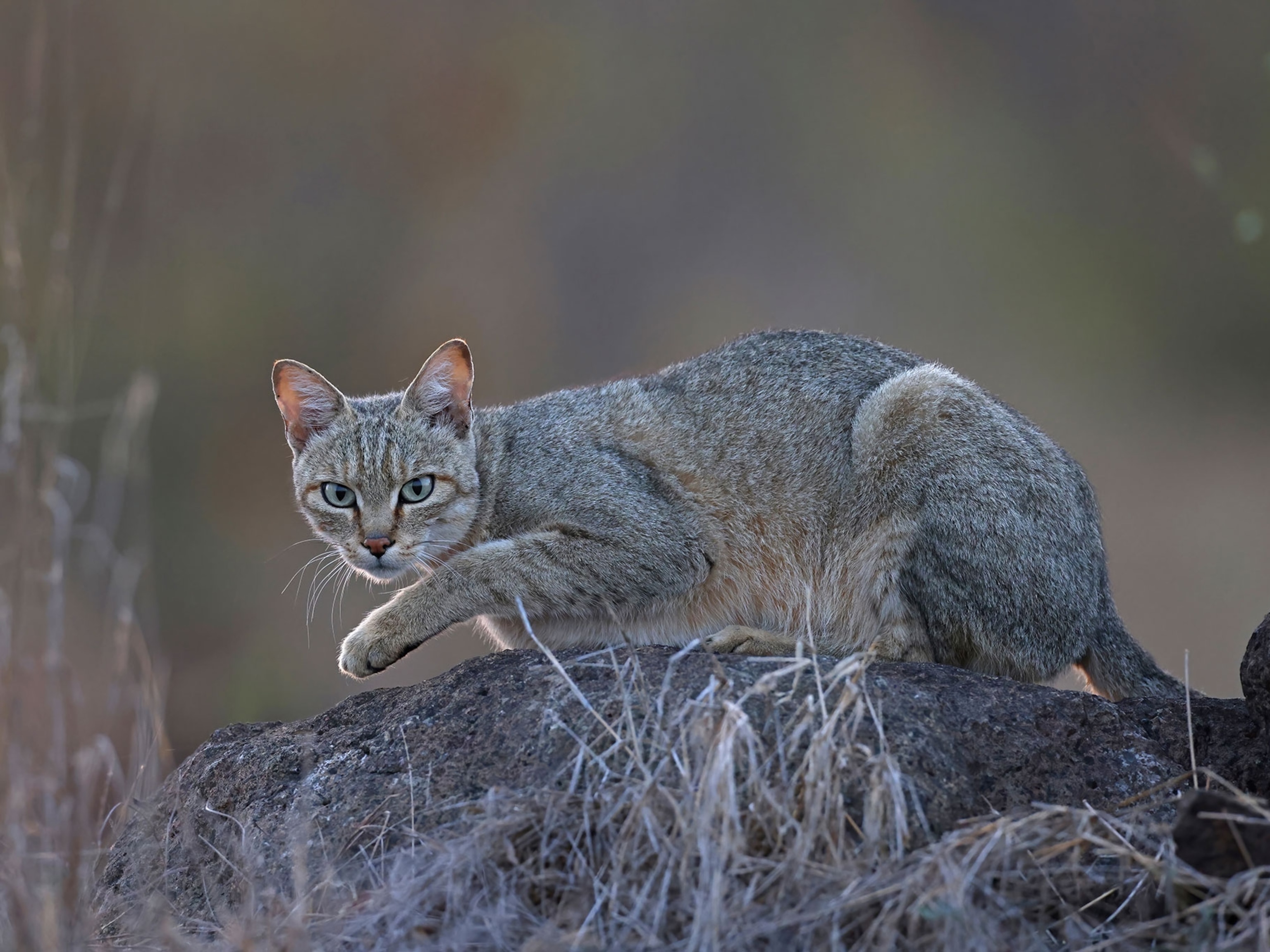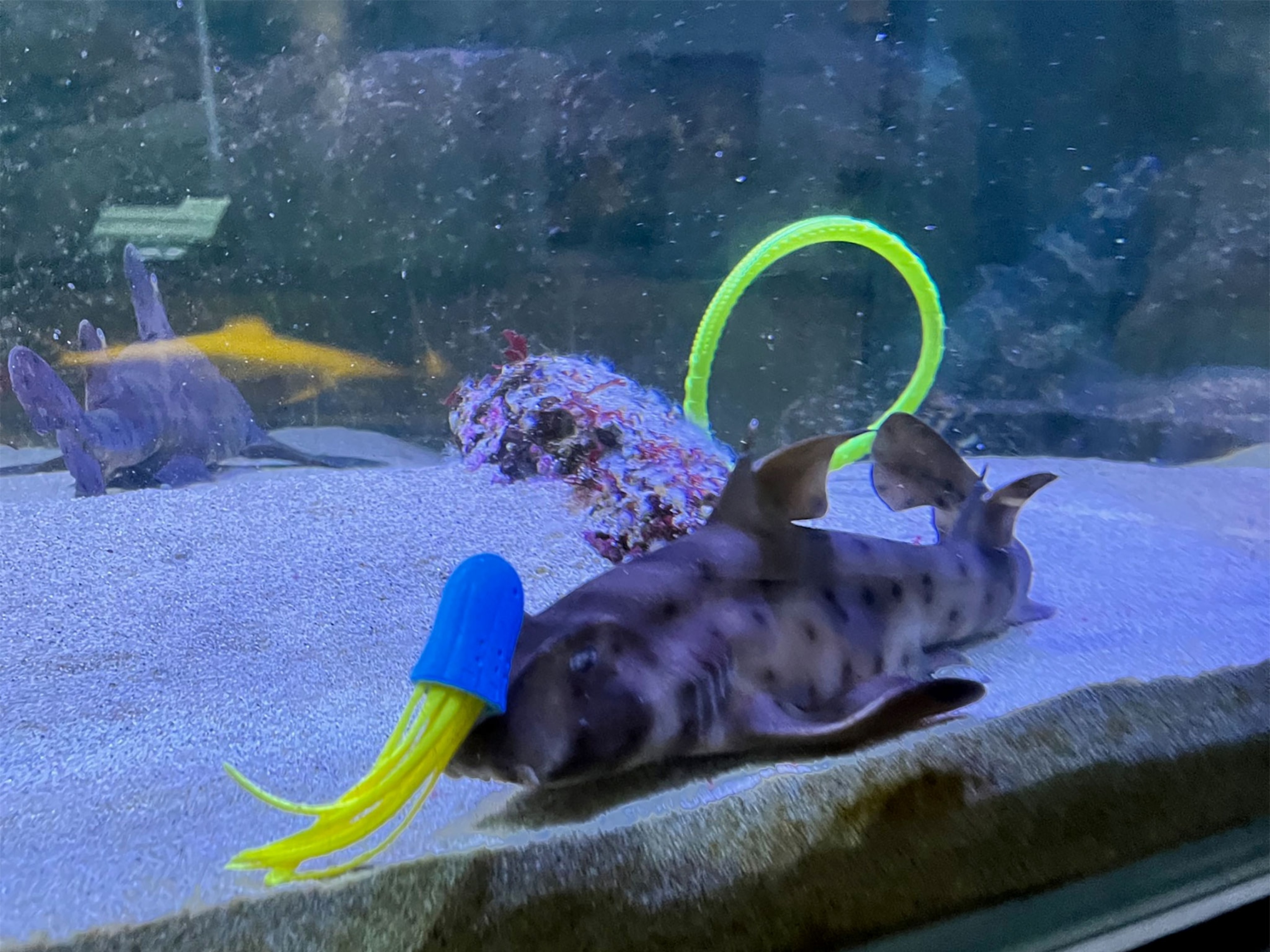
How Did Long-Necked Dinosaurs Drink Without Getting Dizzy?
Extremely tall animals such as the giraffe may offer clues.
Many of us have gotten dizzy when we stand up too fast—and we don't even have to go that far. Imagine if you had to lower and raise your head several stories every time you wanted a drink of water.
Our Weird Animal Question of the Week comes to us from Clayton Louis Ferrara, who asked via Facebook: "How did large, long-necked sauropod dinosaurs, such as Brachiosaurus, drink water without [losing] consciousness when bending over?" (Also see "Giant Dinosaurs Stuck Their Necks Out, Not Up?")
There's no particular evidence to show how Brachiosaurus and other giant dinos drank, but "obviously they could," Casey Holliday, of the University of Missouri's Department of Pathology and Anatomical Sciences, said by email.
Like giraffes and long-necked birds, sauropods probably had a series of valves and shunts in their necks that helped regulate the blood going to and from the head, he said.
Another way of looking at Brachiosaurus's drinking problem, as it were, is convergent evolution—or the theory that unrelated species evolve similar adaptations when faced with similar challenges, Matthew Bonnan, a biologist at Richard Stockton College, in New Jersey, said via email.
For instance, our tallest mammal living today, the giraffe, reaches a height of up to 19 feet (6 meters) and could provide clues about how a tall extinct creature kept its head while bending to drink.
The Big-Hearted Giraffe
"For a giraffe, gravity is a huge problem," since the animal has to have high enough blood pressure to keep the vital fluid flowing through a brain so far from its body, he said.
Luckily, the giraffe has several mechanisms to regulate that pressure.
One is its huge, 25-pound (11-kilogram) heart, which "can pump blood at high pressures to the head," Bonnan said.

Soft tissues around the legs called fascia also "act like pressure stockings to keep blood from pooling in their extremities," and "specialized valves in their carotid arteries, which bring blood to the brain, prevent blood from sliding backward." (Watch a video about the fascinating lives of giraffes.)
Another trick up the giraffe's sleeve is the rete mirabile, "a network of blood vessels at the base of the brain that controls blood pressure," he said.
The rete mirabile slows blood flow to and from the brain when the giraffe bends to drink and comes back up. It's possible, he added, that sauropods had similar adaptations. (See "Big! The Life of Sauropod Dinosaurs.")
High-Life Adaptations
There's no physical evidence of rete mirabile in sauropods, but the structure is found in many vertebrates, including birds—the precursor to dinosaurs, noted Ashley Morhardt, a paleobiologist at Ohio University, in Athens, Ohio.
"Whether or not it was associated with the brain and/or functioned like the rete mirabile of a giraffe is not known to paleontologists—at least not yet," Morhardt said.
Another important factor: Giraffes might have an awkward time drinking, but they don't have to do it that often. They drink every few days and get most of their water from their herbivorous diet.
"Maybe sauropods were able to gather enough water from all the plants they ate all day, too," suggested the University of Missouri's Holliday.
A sensible plan for animals living the high life.
Got a question about the weird and wild animal world? Tweet me or leave me a note or photo in the comments below. You can also follow me on Facebook.





